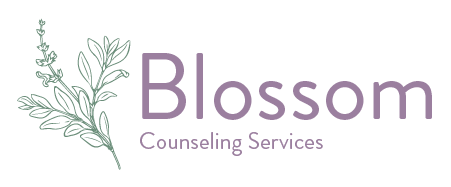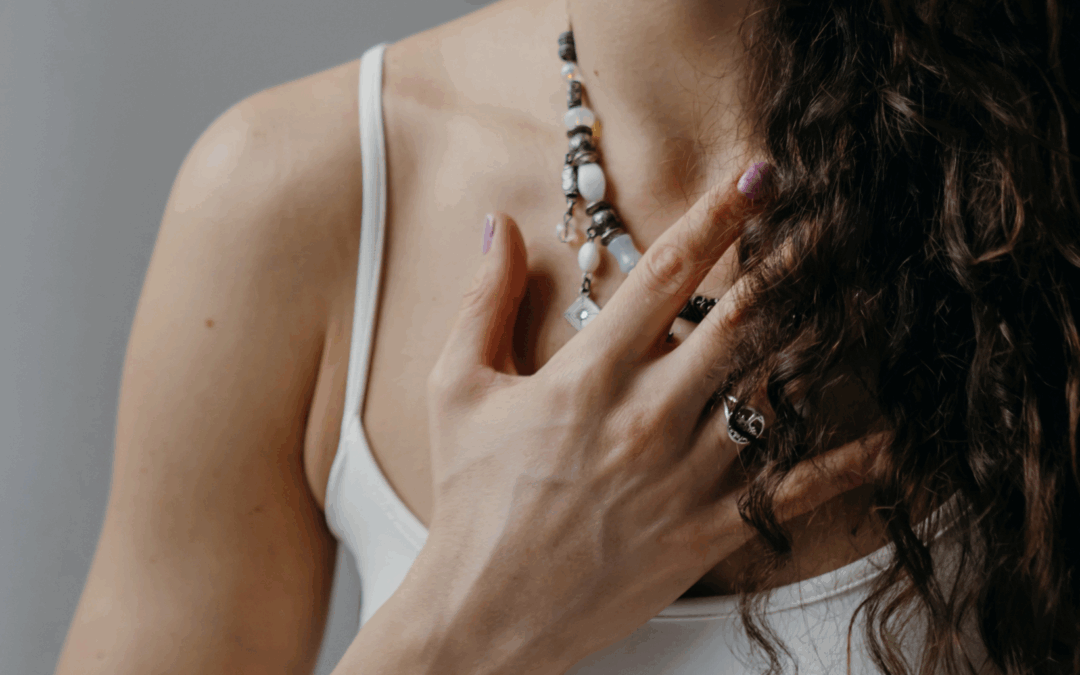When we think of healing from trauma, we often imagine talking through pain or analyzing past events. But sometimes, words aren’t enough. The body remembers what the mind forgets, and deep healing requires us to work with the nervous system—not just our thoughts.
This is where EMDR therapy comes in. Short for Eye Movement Desensitization and Reprocessing, EMDR is a therapeutic approach that blends the science of brain processing with the wisdom of rhythm, memory, and presence. For many, it becomes not just a tool for trauma recovery—but a sacred, transformative experience.
If you’re curious about what happens during EMDR, this blog will guide you gently through the process, answer common questions, and help you know what to expect when stepping into this powerful healing journey.
What to Expect at an EMDR Session
An EMDR session is structured, but deeply personal. The first thing to expect is safety. You and your therapist begin by building a foundation—discussing your history, identifying goals, and ensuring you feel grounded before exploring deeper material.
Once the processing phase begins, your therapist will guide you to bring up a specific memory or issue, along with any emotions, thoughts, or body sensations that arise. While you hold that in your awareness, they will initiate bilateral stimulation—this could be side-to-side eye movements, tapping, or alternating sounds.
This stimulation helps your brain “digest” the experience, moving it from a stuck place into integration. Over time, the memory becomes less distressing, and new beliefs—like “I am safe” or “It wasn’t my fault”—can take root.
To explore the structure of a full session, our article on what to expect in an EMDR session offers a helpful overview and deeper insight into each step.
What Does the Client Do During EMDR?
During EMDR, you are not just passively receiving therapy—you are actively participating in your healing. Your role is to notice, feel, and allow. You might:
- Recall a specific memory or image connected to the issue you’re working on.
- Notice the emotions, beliefs, or physical sensations that come up.
- Follow the therapist’s instructions during bilateral stimulation—such as eye movements or tapping.
- Share what you’re experiencing after each set of stimulation.
You don’t need to have all the answers or analyze what’s happening. Your job is to stay present and trust the process—even if it feels unfamiliar. It’s okay if your mind jumps from one image to another or if emotions rise and fall. That’s your nervous system doing its work.
In Indigenous healing traditions, this kind of presence—of listening inwardly and allowing sensation to move—is not new. It echoes our ancestral practices of ceremony, embodiment, and storytelling.
What Are the 8 Stages of EMDR Therapy?
EMDR is a comprehensive process. It’s not just about reprocessing trauma—it’s about preparing you for it, walking through it with care, and helping you integrate what you learn. The eight stages of EMDR therapy are:
- History Taking – Your therapist learns about your life story and identifies target issues or memories.
- Preparation – You learn grounding tools and coping strategies to stay emotionally regulated.
- Assessment – Together, you choose a specific memory to work on and explore associated thoughts and feelings.
- Desensitization – This is the heart of EMDR, where bilateral stimulation is used to process the memory.
- Installation – Positive beliefs (like “I am safe now”) are strengthened and reinforced.
- Body Scan – You check in with your body to see if any tension or distress remains.
- Closure – The session is gently wrapped up, ensuring you feel grounded and safe before ending.
- Reevaluation – At the next session, you revisit the memory or issue to assess ongoing healing.
This phased approach ensures you move through trauma at your own pace, held in safety, presence, and care.
What Happens to Your Body During EMDR?
During EMDR, your body is not just a bystander—it’s a guide. Trauma lives in the nervous system, and as you process difficult memories, your body may respond with various sensations. You might feel:
- Tightness in the chest or shoulders
- Waves of heat or cold
- Tears, trembles, or deep sighs
- A sense of release or spaciousness
These sensations are signs that your body is moving energy—unwinding what’s been trapped. While this can feel intense, it’s also deeply healing. It’s a spiritual unburdening, a kind of medicine that happens from the inside out.
After EMDR sessions, many people report feeling lighter, calmer, or more clear—like a fog has lifted. This is not just psychological—it’s somatic, spiritual, and deeply sacred.
Healing That Honors Your Whole Self
What happens during EMDR is more than a clinical technique—it’s a homecoming. A return to your body, your truth, and your power. Especially within Indigenous communities, where trauma is often collective and historical, EMDR offers a way to break cycles and restore balance across generations.
EMDR is not about forgetting your past. It’s about making peace with it—so you can move forward with strength, clarity, and connection.
Ready to Begin?
If you’re feeling the call to explore EMDR, know that you don’t have to do it alone. At Blossom Counseling Services, we offer trauma-informed EMDR therapy that honors your story and your spirit. We create a safe, grounded space where healing happens gently and deeply—guided by the wisdom of both modern therapy and ancestral tradition.
Book a session with Blossom Counseling Services today and take the next step in your journey toward healing, embodiment, and emotional freedom.
Get Started
You may call, text message, email, or fill out the form to reach us. We will respond within 48 hours, Monday through Friday.
We Will Help You Find Your Fit
We know that looking for a counselor can feel overwhelming.
We are here to help guide you to the counselor that is best for your needs. If that counselor turns out to
not be in our practice, that's okay. We know great counselors that we'd be happy to refer you to.
What’s most important to us is that you get connected with the help you need. We are here for you.

